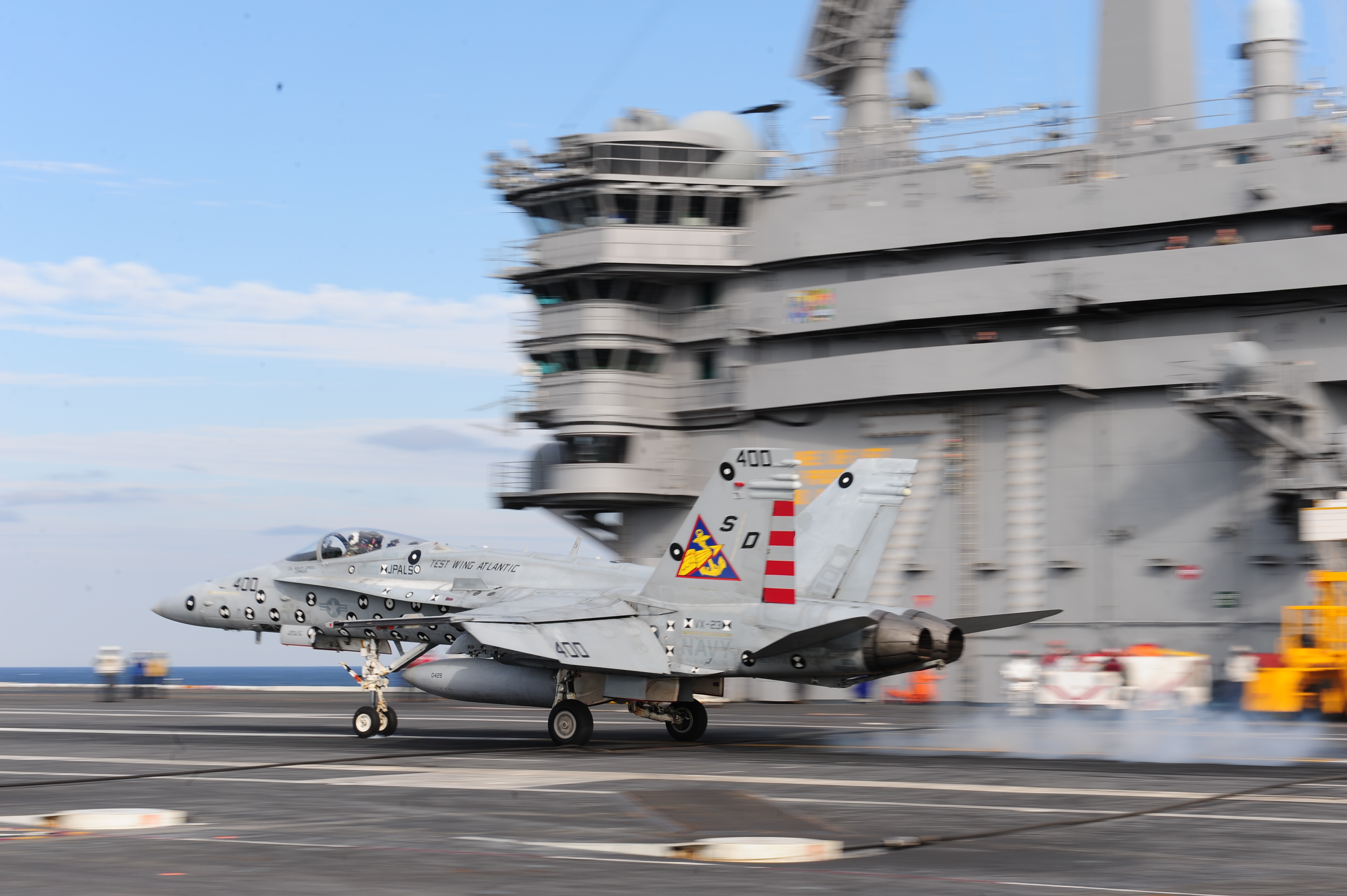
Navy Completes Initial Development of New Carrier Landing System
The U.S. Navy has completed the initial development of the Joint Precision Approach and Landing System (JPALS), Naval Air Systems…
Copyright 2024 U.S. Naval Institute. All Rights Reserved.